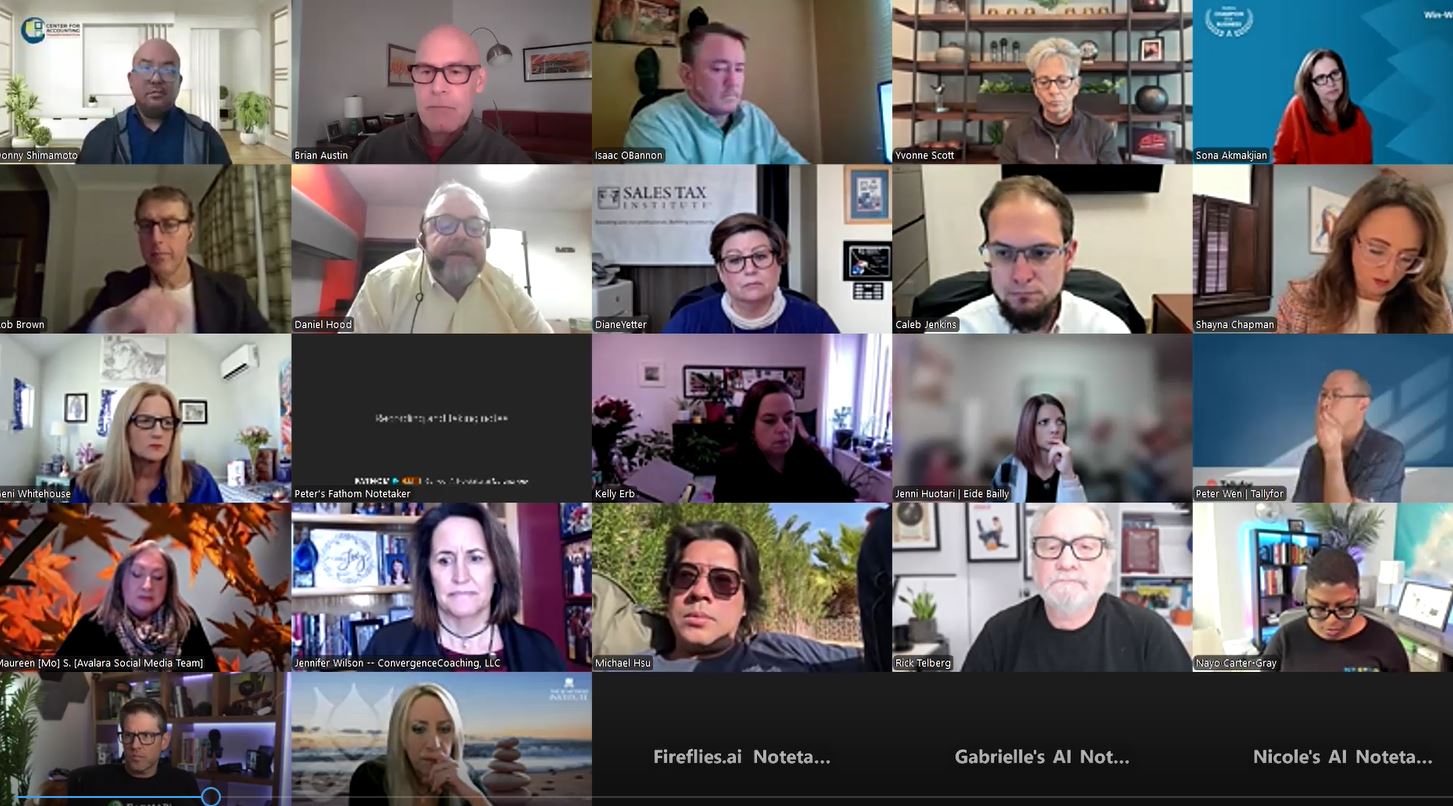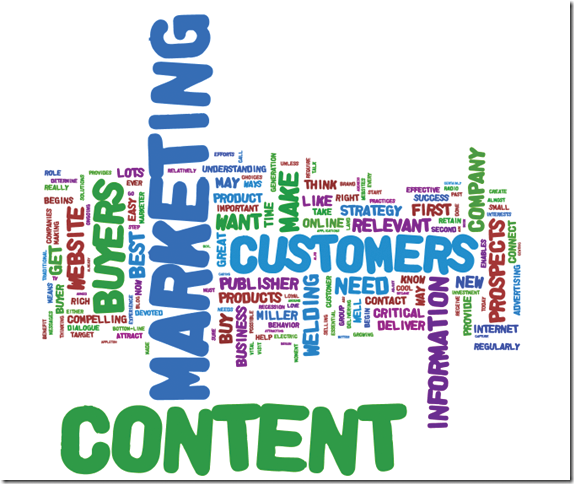The literal definition of a well-oiled machine is … well, a machine that is well-oiled. It’s a term I use figuratively quite often to describe a business that is producing strong revenues and operating at peak efficiency … without an excess amount of effort.
When I think back 10 years to what I thought was my well-oiled machine, I cringe slightly. It was the age of clients bringing in tax documents in shoeboxes, envelopes or grocery sacks. I passed the file to a preparer, then on to a reviewer and finally to processing. Once complete, the client picked up a government copy for mailing and a copy for their own records, and hopefully paid us in full. While this scenario once represented the model of the well-oiled machine, today it is outdated and not marketable. In other words, it’s a “product” that most won’t want to buy.
Fast forward to today. We offer electronic organizers and are equipped with a digital document management system, an automated tax document solution, integrated software and portals. In other words, we use a lot of disparate technologies. And this is only on the tax side. Consider audit, accounting, payroll … and you have to consider even more solutions.
Seem overwhelming? To be honest, it is. I would even say it’s disruptive at times. But no one said change and progress is easy. In fact, it’s more of a necessity. If I were still practicing the way I did 10 years ago, I don’t believe I would be practicing anymore.
My point? Technology is the answer, but you have to put the work into it — even when it feels like an enormous pain in the rear. Research the right systems, pay attention to integration capabilities and build a super system that fuels efficiencies.
I’ll admit, as well, that I have a passion for seeking out and studying new technologies what they can do and how they can further improve working life for my staff and myself. As well as how technology can improve the client experience. I like to calculate costs and projected value, get my staff to buy in, and pilot solutions to properly vet them. At the end of the day, the time I spend qualifying new technologies only serves to improve internal operations and save me a tremendous amount of time.
The more you can research, plan and test technology before full implementation, the better off you will be. You also have to follow through completely. No stopping in the middle for a break. So many accounting professionals that I talk to say things like, “I tried that new practice management solution; I think I should have done some training because it’s not working very well and now I have a mess.” Or when I ask about how a firm’s client accounting online strategy is going, I often hear, “We put a few clients on it, and they really like it.” The problem is that most of these firms have well over a 100 clients. What’s with the stalling?
If you want your firm to run like a well-oiled machine, you have to be ALL-IN. Halfway committing to technology will only get you a long-term mess. New technologies can be disruptive at first, but you have to power through, do your homework and hang in there … because in the end, the payoff is sweet.
Be sure to read on. This edition offers many ideas and tips about new technologies and how to implement them for preeminent results. It’s time to start thinking about how to get your own firm to well-oiled status.
Thanks for reading CPA Practice Advisor!
Subscribe Already registered? Log In
Need more information? Read the FAQs
Tags: Firm Management, Technology


![gavel1_11537663[1]](https://www.cpapracticeadvisor.com/wp-content/uploads/2020/03/gavel1_11537663_1_.5e6a69aa237a8.png)

